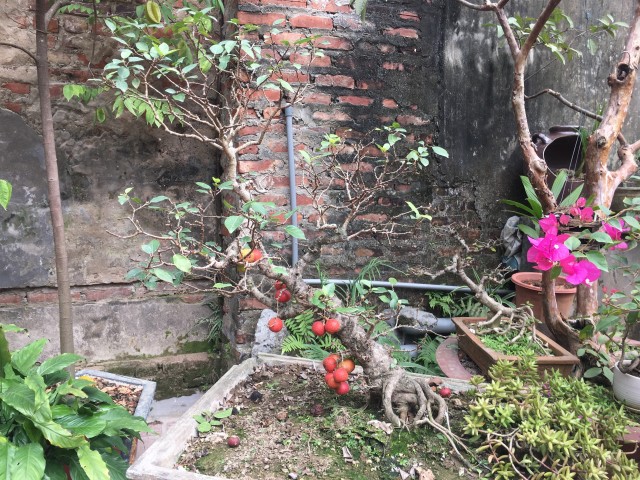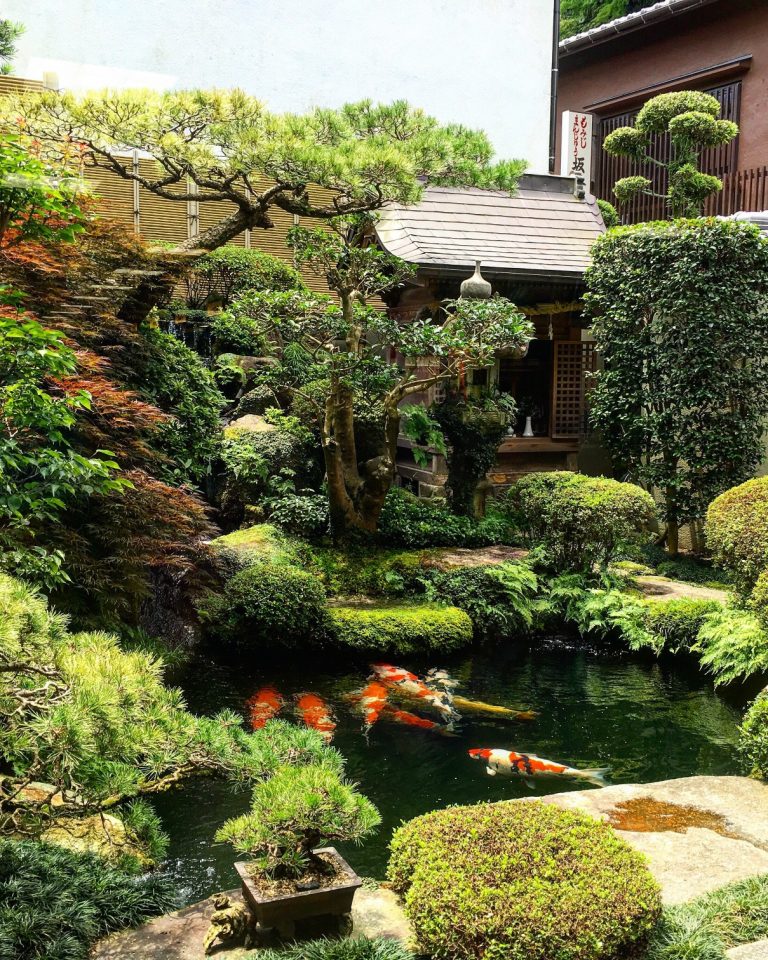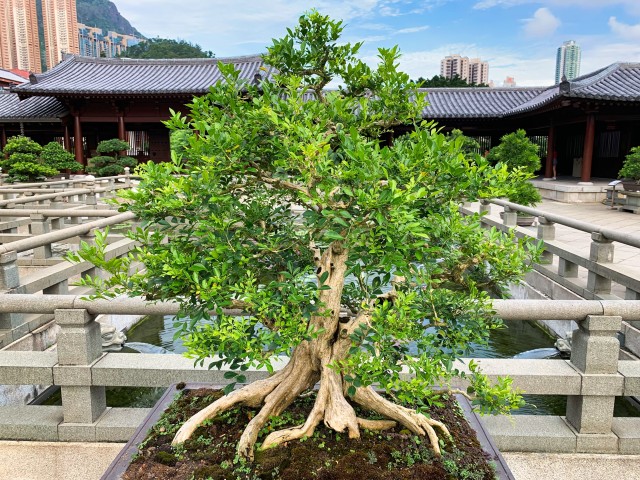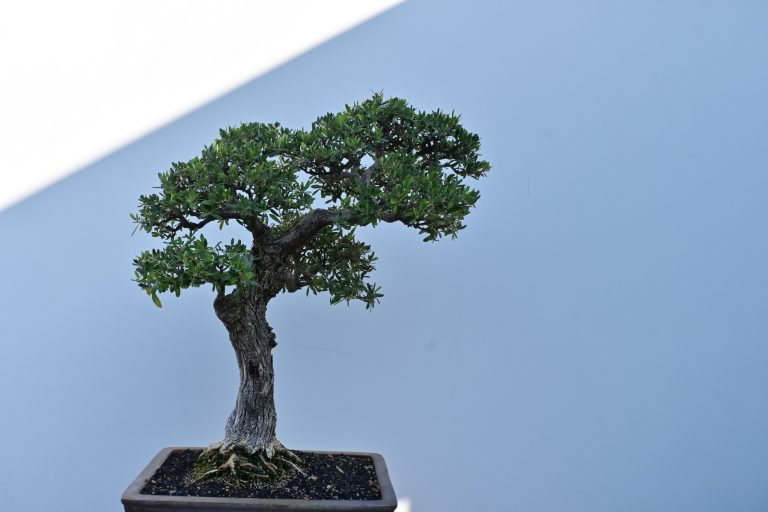Bonsai trees are a type of miniature tree that is popular for ornamental purposes. They are often grown in small pots and display intricate shapes and foliage. Bonsai trees can be treated in a variety of ways to achieve different results. In this blog post, we will discuss some of the most common treatment techniques used on bonsai trees.
The first treatment technique is called pruning. Pruning is the process of trimming away branches and leaves from a tree. This is done in order to shape the tree into a desired form. It can also be used to control the size of the tree. Bonsai trees are often pruned to create intricate shapes and patterns.
Pruning is typically done using sharp tools such as shears or knives. It is important to be careful when pruning a bonsai tree so that you do not damage the delicate bark or leaves.
The second treatment technique is called wiring. Wiring is the process of bending and shaping the branches of a tree using thin wires. This is done in order to give the tree a desired shape. Bonsai trees are often wired into intricate shapes and patterns.
Wiring is typically done using thin wires made of copper or aluminum. It is important to be careful when wiring a bonsai tree so that you do not damage the delicate bark or leaves.
The third treatment technique is called fertilizing. Fertilizing is the process of adding nutrients to the soil in order to help the tree grow. This is done in order to promote the growth of the tree and to keep it healthy. Bonsai trees are often fertilized with a variety of different chemicals and compounds.
Expanding bonsai is a fantastic, fun point to do, it is delightful, it is extremely satisfying and you reach display lovely trees around your residence and garden when you do it, it actually is a terrific pastime to have. Lots of people are taking pleasure in bonsai growing currently in time and many individuals intend to appreciate it as well, in this article I am most likely to show you some ideas and recommendations for expanding your very own spectacular bonsai trees.
Bonsai Tree Treatment Tips and Guidance
The first thing I intend to tell you is that although it would certainly behave, you probably won’t obtain your trees the specific means you desire them on your first shot, it usually takes practice and learning prior to you can grasp the art of growing bonsai so you should not surrender if you stop working the very first time, actually, you shouldn’t quit until you get it right, you will certainly be glad you really did not when you have your own outstanding looking bonsai tree being in front of you.
The second point I intend to inform you is that you ought to review and learn as much as you can regarding it, there is so many terrific details around for you to read as well as relate to growing bonsai and it will aid you significantly if you do not recognize what you’re doing, begin checking out everything you can around growing bonsai and also you will certainly have a better opportunity of getting it right faster.
Most importantly of all, you ought to appreciate yourself as you grow your trees, do not allow it to become a task or something you assume you “need” to do, rather allow it be fun and enjoyable, by doing this you will find it a lot easier to do it as well as keep expanding lovely trees one after the other.
Bear in mind, that expanding bonsai is a fantastic experience and can be extremely fulfilling when you see all your efforts repaid and create an incredible tree of your own, do not give up when you stop working (if you stop working), read and learn as long as you can as it will profit you a lot and enjoy yourself as you do it all, growing bonsai does not have to be hard, in fact, it can be incredibly simple when you understand just how to do it so go for it.













